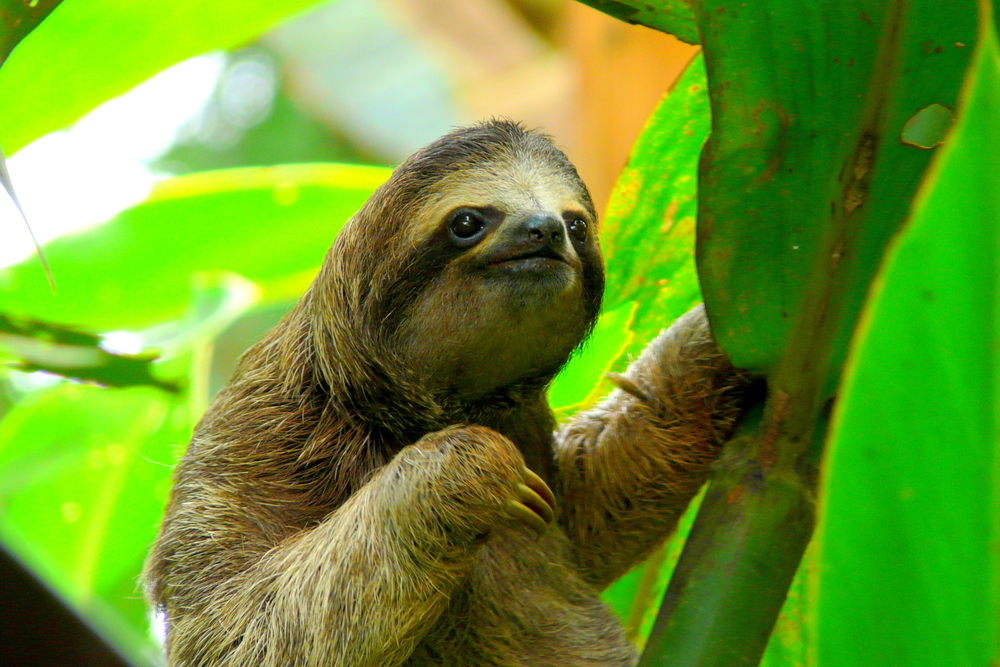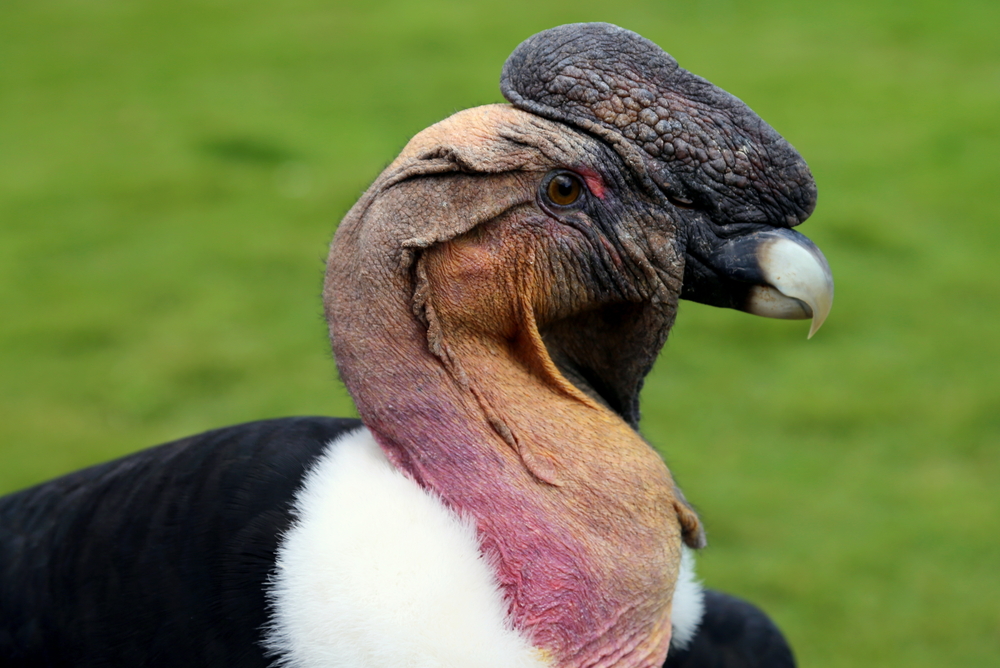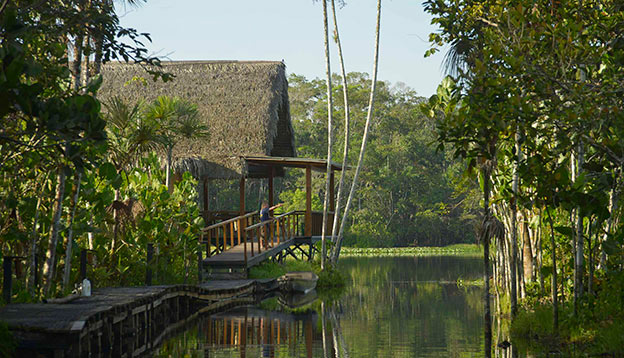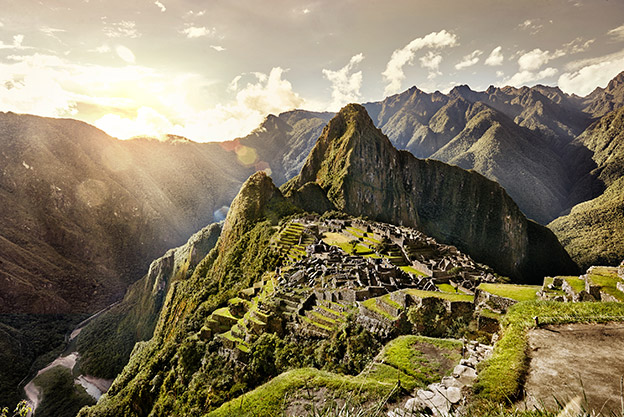Fun Facts About South America: The Ultimate Guide
South America might not be the world’s largest continent (in fact, the 4th largest), but it sure has a lot to offer! From unique wildlife to diverse cultures, this vast landmass is also home to some of the most amazing wonders of the world—the mighty Amazon River, Machu Picchu, one of the New Seven Wonders of the World, and the otherworldly Torres del Paine National Park. If you’re keen to find out more, we’re eager to share some of our interesting and fun facts about South America!
However, South America spans 17,840,000 square kilometres and has a population of over 400 million, so there’s certainly a lot more you can find out about this fascinating part of the world!
Sorry Everest, the Highest Point on Earth Is Actually in the Andes Mountains
The highest point in the world is Mount Everest, right? Not so fast! While Mount Everest is indeed the highest point above sea level, Ecuador’s Mount Chimborazo, within the Andes Mountains, is the furthest point on earth from the earth’s centre.
Chimborazo reaches 6,268 meters above sea level, but 2,072 meters further away from the earth’s core than Mount Everest is. Who knew! Mount Everest gets all the fame, but we think Chimborazo is equally, if not more, impressive. If you’d like to see it for yourself, you’ll find Mt Chimborazo in the Cordillera Occidental range of the Andes, within Ecuador.
Want to learn more about the Andes Mountains?

Sloths Give Birth Upside-Down
Sloths are definitely one of the world’s most unusual animals—their faces always appear to be smiling, their claws are crazy long, and they move so slooooowly!
However, one of our favourite fun facts about sloths is that they give birth upside-down! When it’s time for a sloth to give birth, they descend to the lower canopies of the treetops, where they spend most of their time, and then they get into the upside-down position so that their babies can safely drop to the ground once they’re born.
Luckily, sloths spend a huge amount of time upside-down, so it’s a position they’re quite happy to spend time in!
There are so many fun facts about sloths, if you want to slowly learn more about the life of these curious creatures!

The Aztecs Were Amazing Accountants
Not all ancient cultures were that great with recordkeeping (the Egyptians being an obvious exception, of course), but the Aztecs certainly were! The Aztecs lived in what’s now modern-day Mexico and were a formidable culture, known for their impressive temples, agricultural skills, and even their use of human sacrifice.
One thing you might not know though is that the Aztecs also kept incredible records! They had a complex written language system that used pictographs as their alphabet. Their detailed records are one of the main reasons why we know so much about the fascinating Aztec culture.
Their history and culture is so interesting, so we bet you’d like these unusual Aztec facts too.

The Andean Condor Is the Largest Flying Bird in the World
Imagine a bird with a wingspan of three metres flying over you! If you were lucky enough to see an Andean condor, you’d be in awe of these incredible birds—which happen to be the largest flying bird in the world!
They also have a very unusual look, but sadly, these birds are on the IUCN Red List of Threatened Species, so it’s great to raise awareness of these amazing creatures whenever you can.
Having the world’s largest wingspan is only one of the many fascinating facts about the Andean condor!
One of the World’s Best Coral Barrier Reefs Is Actually in Cuba
Everyone knows about Australia’s famous Great Barrier Reef, but did you know that another one of the world’s most pristine barrier reefs is in Cuba?
This reef is known as the ‘Gardens of the Queen’ and has even been referred to as the Galapagos of the Caribbean. It was originally named by Christopher Columbus, who gave the reef its name in honour of the queen of Spain.
You’ll find plenty of marine biodiversity here, including sea turtles, sharks, snapper, and plenty of colourful tropical fish species.

The Amazon River Winds Through Nine Different Latin American Countries
We’ve all heard of the mighty Amazon River, but what you might not know is just quite how big it is! The Brazilian and Peruvian section of the Amazon are perhaps some of the most well-known areas to visit, but the Amazon actually runs through nine South American countries in total.
Which ones? We’re glad you asked! The nine countries of the Amazon are Peru (where the river originates), plus Ecuador, Colombia, Venezuela, Brazil, Bolivia, Suriname, Guyana, and French Guiana.
The Amazon is an incredible place to explore, especially by a small ship expedition cruise, since it lets travel along the river and watch the sights, sounds, and wildlife change over several days of cruising.
The Amazon River is rich and diverse in culture and biodiversity, so a trip down the Amazon River is well deserving of a place on any bucket list!

Ships Pay Big Money to Travel Through the Panama Canal
The Panama Canal is an engineering marvel that allows ships and vessels of all sizes to travel between the Pacific and Atlantic Oceans through Latin America. It stretches 82km, but the price of convenience doesn’t come cheap!
Vessels pay a toll, which varies based on the size of the ship and the type of cargo onboard. In total, the Panama Canal earns about $2 billion in toll revenue each year. Large ships pay tolls of around $50,000 per trip, but the lowest toll was actually paid by a swimmer—and this is definitely one of our favourite fun facts about South America!
Adventurer Richard Halliburton swam the canal in 1928 and was issued a toll of…36 cents! And yes, he insisted on paying in full.
Discover more mysteries of the canal in our blog post on the amazing wildlife of the Panama Canal.
You Can Run a Marathon at Machu Picchu

Machu Picchu has more than its fair share of (very steep!) mountains and peaks, which anyone who’s visited can attest to—not to mention the change in altitude. So, it may seem like an extreme place to run a marathon, but for thousands of athletes, it’s the ultimate challenge.
The Inca Trail marathon is held each year, with a record time of just under 3 ½ hours. It’s not the only place where you can run an extreme marathon though, as there’s even one held in Antarctica each year.
Oh, and you might also be keen to know that Machu Picchu was never actually ‘lost’…read more about that to find out what really happened.
If all of these cool facts have you wishing you were in South America, Chimu Adventures offer a range of Signature South America itineraries, designed to help you plan your ultimate adventure, with flexible departure dates and authentic travel experiences. /p>
Where Will You Go Next ?
- Popular Destinations
- Antarctica
- The Arctic
- South America
- Central America
- More to explore
- Amazon
- Antarctic Circle
- Antarctic Peninsula
- Argentina
- Bolivia
- Brazil
- Canadian Arctic
- Chile
- Colombia
- Costa Rica & Panama
- East Antarctica
- Ecuador
- Galapagos Islands
- Greenland
- Guatemala & Honduras
- Machu Picchu
- Mexico
- Patagonia
- Peru
- South Georgia and Falkland Islands
- Spitsbergen
- Sub Antarctic Islands

Talk to one of our experienced Destination Specialists to turn your Antarctic, Arctic and South American dream into a reality.
Contact us